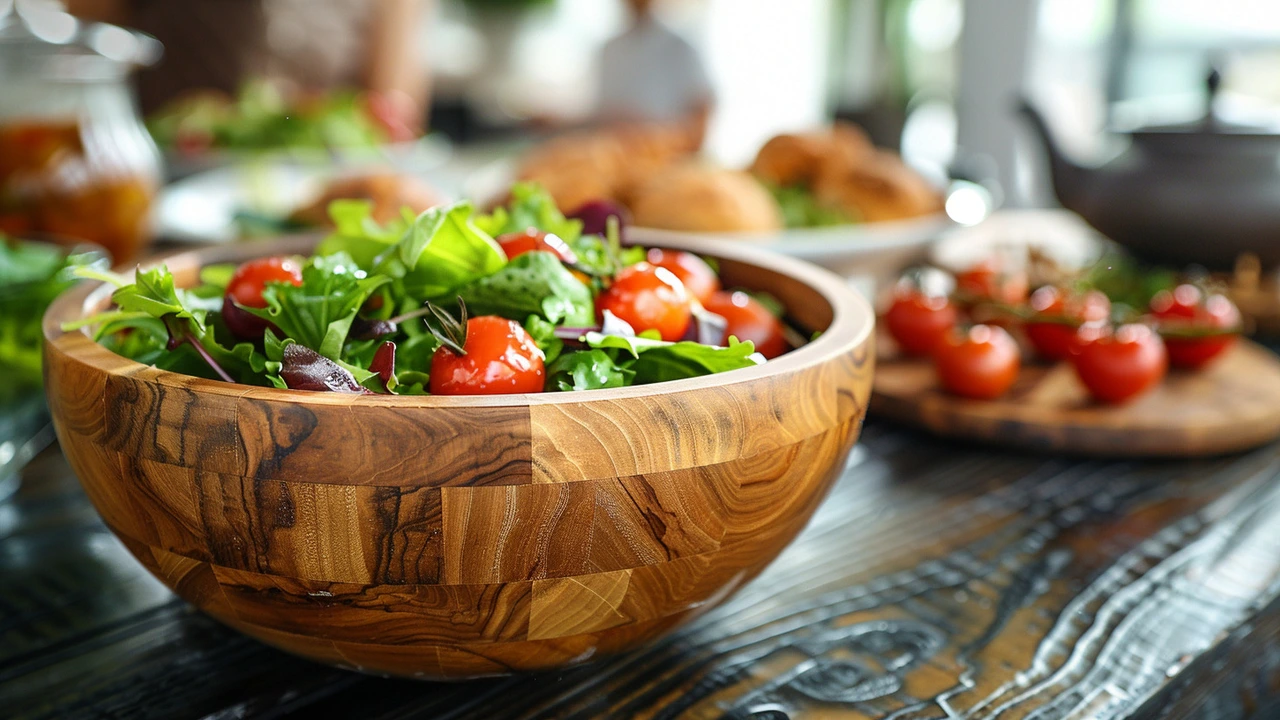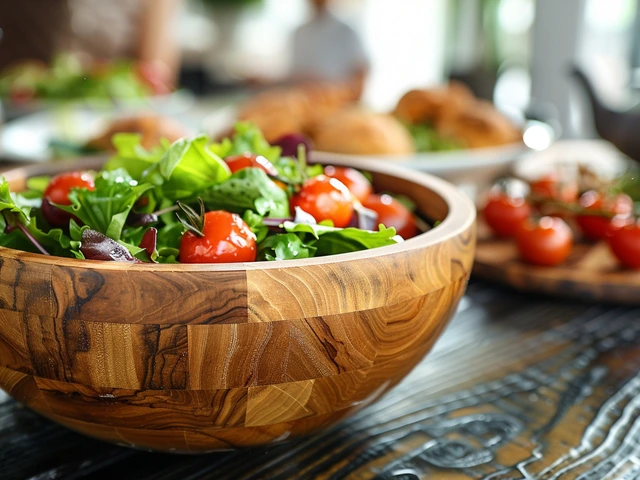Ostrich fern (fiddleheads) — ID, harvest and safe use
Ostrich fern (Matteuccia struthiopteris) is the plant people mean when they talk about “fiddleheads.” Those tight green coils in spring are eaten like a vegetable. They taste grassy and slightly nutty, and they show up at farmer’s markets and forest floors in cool northern regions.
How to recognize ostrich fern
Look for bright green, tightly coiled tips in spring that come in clusters. The stalk often has a smooth surface with a clear U-shaped groove along one side — that groove is a handy ID clue. The fiddleheads usually have brown papery scales near the base. If the frond is already unrolling into a leafy fern, it’s past the fiddlehead stage. Do not eat fuzzy or hairy coils; those are likely different species and may be unsafe.
Beware of lookalikes: bracken (Pteridium) and other ferns can be toxic or linked to long-term health risks. If you’re unsure, don’t harvest. When foraging, avoid plants growing near roads, industrial sites, or treated lawns — ferns absorb pollution.
Safe harvesting and cooking
Harvest only young, tightly coiled fiddleheads. Use a knife or scissors and leave some shoots so the plant can regrow. Wash them well to remove dirt and grit.
Do not eat them raw. Undercooked fiddleheads have been tied to foodborne illness. The common safe methods: boil for 10–15 minutes, or steam for 10–12 minutes, then rinse and serve. Another approach is to boil 1–2 minutes and then sauté, but long boiling is the safest. Throw out the cooking water; don’t use it for sauces. Proper cooking reduces compounds that can upset your stomach.
Fresh fiddleheads keep 1–2 days in the fridge. Blanch for 2 minutes and freeze if you want longer storage. They also pickle well if you like tangy flavors.
Nutrition-wise, fiddleheads offer vitamin A, some vitamin C, fiber, and potassium. But there’s limited hard research on health benefits beyond basic nutrition. Traditional uses vary by region, mostly as food rather than medicine.
Cautions: pregnant or breastfeeding people, and anyone with a weak immune system, should check with a healthcare provider before trying wild foods. If you take blood thinners or other meds, ask your clinician — wild foods and herbs can interact with drugs in unexpected ways. Stop eating them and see a doctor if you get nausea, vomiting, diarrhea, or fever after eating fiddleheads.
Quick use idea: after boiling, toss fiddleheads with butter or olive oil, lemon zest, and a little salt. Add them to pasta, risotto, or an omelet for a seasonal green that brightens dishes.
If you’re new to foraging, go with an experienced person or buy from a trusted vendor. When in doubt, skip it. Better safe than sorry — especially with wild plants.

Discover the myriad health benefits of the Ostrich Fern, a remarkable dietary supplement. Unveil its nutritional power, traditional uses, and how it can enhance modern diets. Learn practical ways to incorporate it into meals and its surprising advantages for your well-being.
Continue Reading





